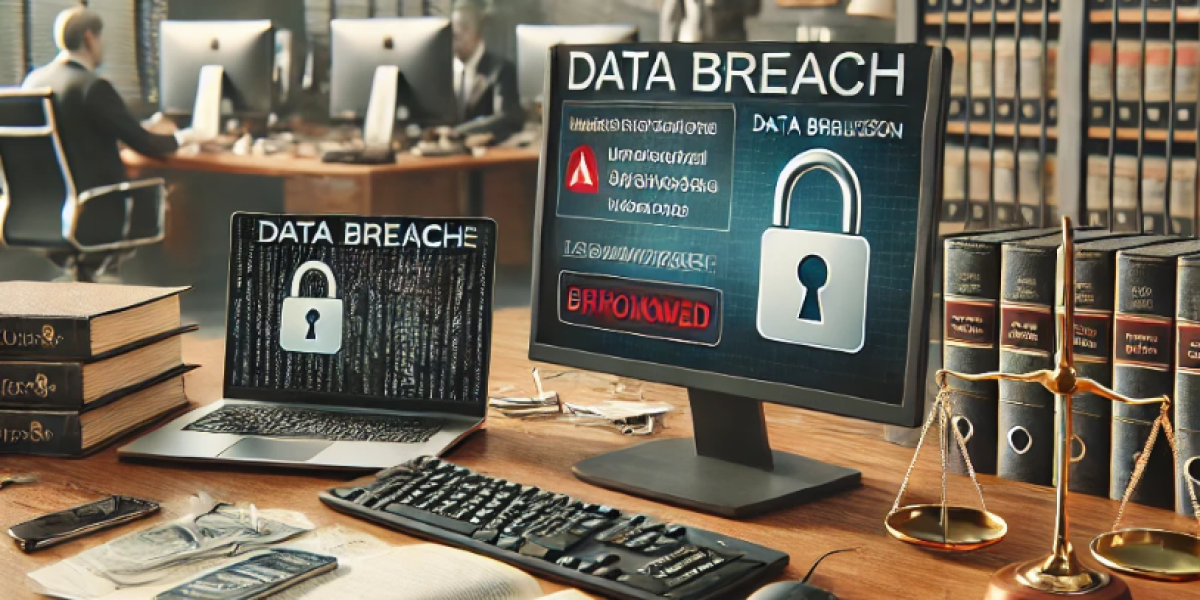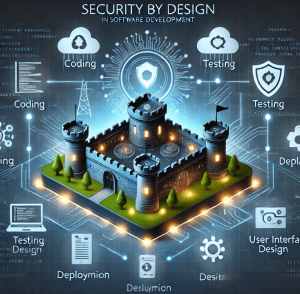My writing assistant proposed me a article where law firms lost data , thinking the implemented MFA is a silver bullet.
Phishing Campaigns Targeting Law Firms: Why MFA Alone Isn’t Enough
In recent months, S-RM, a leading global intelligence and cybersecurity firm, has identified a disturbing trend: a growing wave of phishing campaigns aimed specifically at law firms. These attacks are not only becoming more frequent but also increasingly sophisticated, raising alarms across the legal sector. This trend underscores a crucial point in the cybersecurity landscape: multi-factor authentication (MFA), often hailed as a robust defense mechanism, is not a silver bullet. This article delves into the specifics of these phishing campaigns, examines the vulnerabilities they exploit, and explores why MFA alone may not be sufficient to protect sensitive legal data.
The Rise of Phishing Campaigns Against Law Firms
Law firms have always been attractive targets for cybercriminals due to the sensitive and valuable information they handle. However, S-RM’s recent findings reveal a significant uptick in targeted phishing campaigns against these organizations. These attacks often involve cleverly crafted emails designed to deceive legal professionals into revealing their credentials or clicking on malicious links. What makes this trend particularly concerning is the precision with which these campaigns are executed.
Cybercriminals are employing advanced social engineering techniques, often impersonating trusted entities such as clients, partners, or even internal colleagues. These phishing emails are tailored to the specific context of the law firm’s ongoing cases or business operations, making them highly convincing. Once the target takes the bait, the attackers can gain access to the firm’s network, leading to potentially devastating consequences, including data breaches, financial loss, and reputational damage.
The MFA Paradox: Why It’s Not a Silver Bullet
Multi-factor authentication (MFA) has long been championed as a key defense against unauthorized access. By requiring users to provide two or more verification factors, such as a password and a code sent to a mobile device, MFA adds an additional layer of security. However, recent incidents have demonstrated that MFA is not infallible.
Phishing campaigns targeting law firms are increasingly designed to bypass or undermine MFA. For example, attackers may use “man-in-the-middle” (MitM) techniques, where they intercept the authentication process in real-time. By tricking the victim into entering their MFA code on a fake website or application, the attacker can immediately use the code to gain access to the legitimate system.
Another method involves “prompt bombing,” where the attacker bombards the victim with repeated MFA prompts until the victim, overwhelmed and frustrated, inadvertently approves the request. This tactic exploits the human element of security, highlighting that even the most secure systems can be compromised if users are manipulated.
The Reality of Cybersecurity: A Layered Approach is Essential
The recent spate of phishing attacks against law firms serves as a stark reminder that while MFA is a valuable tool, it is not a standalone solution. Relying solely on MFA can create a false sense of security, leaving organizations vulnerable to sophisticated attacks that exploit human behavior and technical weaknesses.
To effectively combat these threats, law firms must adopt a multi-layered cybersecurity strategy. This approach should include:
- Continuous Security Awareness Training: Educating staff about the latest phishing techniques and how to recognize suspicious activities is crucial. Regular training sessions and simulated phishing exercises can help reinforce best practices.
- Advanced Threat Detection and Response: Implementing advanced security solutions that can detect and respond to phishing attempts in real-time is essential. This includes tools that analyze email content, monitor network traffic, and flag unusual login attempts.
- Zero Trust Architecture: Adopting a Zero Trust security model, where no user or system is automatically trusted, can help mitigate the risks associated with phishing attacks. This approach requires continuous verification of user identities and strict access controls.
- Incident Response Planning: Having a well-defined incident response plan in place ensures that law firms can quickly and effectively respond to a security breach. This includes clear protocols for isolating affected systems, notifying stakeholders, and recovering from an attack.
Conclusion
The recent phishing campaigns targeting law firms, as identified by S-RM, highlight the evolving nature of cyber threats and the need for a comprehensive approach to cybersecurity. While MFA remains an important defense mechanism, it is not infallible. Law firms must recognize that no single solution can provide complete protection and should invest in a layered security strategy that combines technology, education, and proactive planning.
By staying vigilant and adopting a multi-faceted approach to cybersecurity, law firms can better protect their sensitive information and maintain the trust of their clients in an increasingly digital world.












